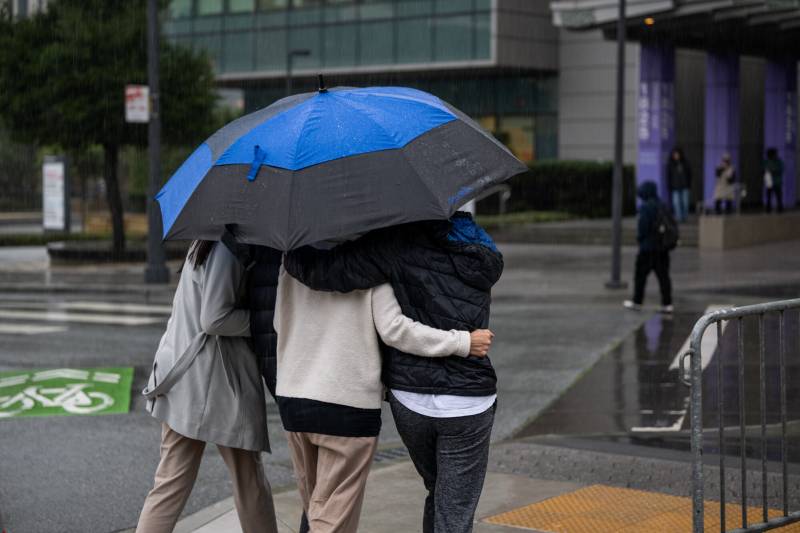After Bay Area residents experienced a record-setting March heat wave this week, a sudden weather whiplash is set to mark an indefinite return to gloomy skies and cool spring showers starting Wednesday.
Temperatures across the North Bay and into San Francisco are expected to dip below seasonal averages this week, sitting somewhere between the high 50s and low 60s — a 15- to 20-degree drop from the highs of Monday and Tuesday. Residents in the rest of the Bay Area, particularly the inland regions, can expect slightly warmer temperatures ranging from the mid to high 60s.
“After warm conditions on Monday and Tuesday, we have returned to an unsettled pattern,” said Roger Gass, a meteorologist with the National Weather Service’s Bay Area office. “We’re not expecting a return to warm temperatures. It’s going to stay generally cool through the forecast period.”

